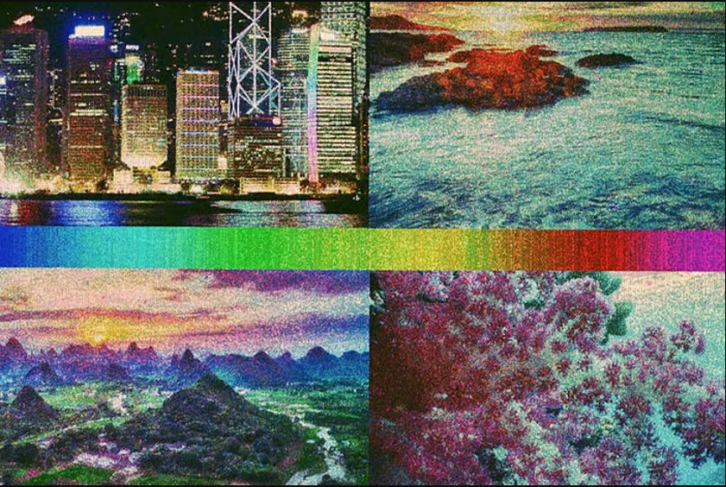
Scientists at the University of Vienna have developed a way to “paint” with DNA. As published in the Journal of the American Chemical Society, the researchers paired small DNA strands to fluorescent molecules to cause them to emit red, green, or blue light. By pairing strands together to form duplexes, the team had succeeded in creating their medium.
Scientists behind quantum dots awarded Nobel Prize
From there, different colors could be achieved by mixing the red, green, and blue strands, and brightness could be tweaked by changing the strand’s stability. In all, the team was able to create 256 shades for each color, which resulted in a possibility of 16 million color combinations, comparable to the color spectrum that is available in inks and modern displays.
Utilizing a technique called maskless array synthesis, the research team was able to place each strand precisely where they desired, reproducing digital images in the DNA medium. Each “canvas” is roughly the size of a fingernail, and each image features a 24-bit color depth. Currently, each image is in 1024 x 768 resolution, but the team says with more work, images will be able to be created in 1080p, and eventually 4K.










